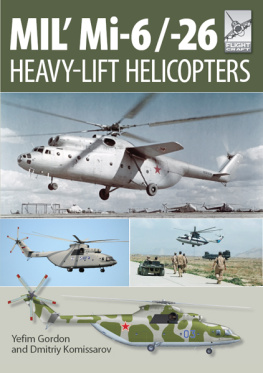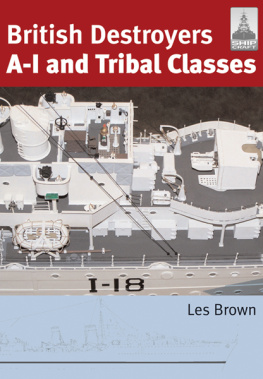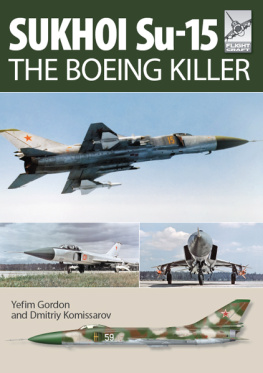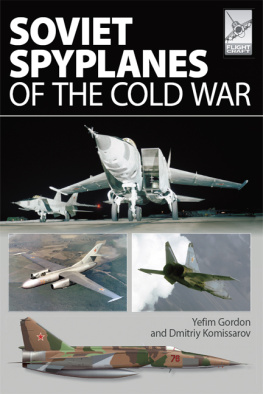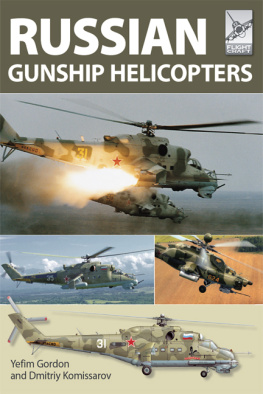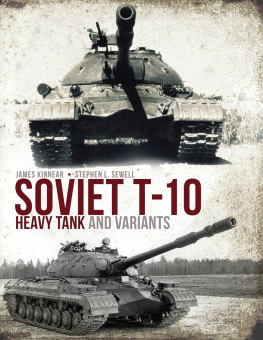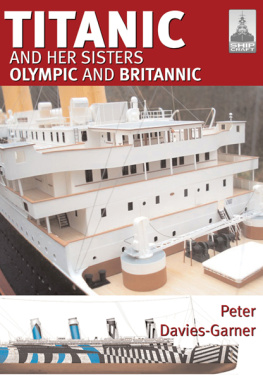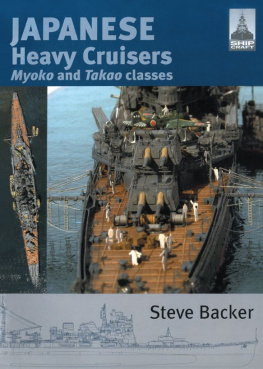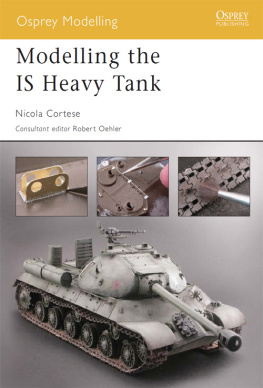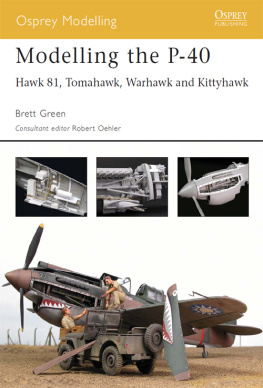
Mi-26 87 Blue leads the 2012 Victory Day parade flypast, with two accompanying Mi-8MTV-5-1 helicopters.
First published in Great Britain in 2016 by Pen and Sword Aviation
An imprint of Pen & Sword Books Ltd
47 Church Street, Barnsley, South Yorkshire, S70 2AS
Copyright Yefim Gordon and Dmitriy Komissarov, 2016
ISBN: 978 1 47382 389 1
PDF ISBN: 978 1 47388 020 7
EPUB ISBN: 978 1 47388 019 1
PRC ISBN: 978 1 47388 018 4
The right of Yefim Gordon and Dmitriy Komissarov to be identified as Authors of this work has been asserted by them in accordance with the Copyright, Designs and Patents Act 1988.
A CIP catalogue record for this book is available from the British Library
All rights reserved. No part of this book may be reproduced or transmitted in any form or by any means, electronic or mechanical including photocopying, recording or by any information storage and retrieval system, without permission from the Publisher in writing.
Printed by Printworks International
Pen & Sword Books Ltd incorporates the Imprints of Pen & Sword Aviation, Pen & Sword Family History, Pen & Sword Maritime, Pen & Sword Military, Pen & Sword Discovery, Wharncliffe Local History, Wharncliffe True Crime, Wharncliffe Transport, Pen & Sword Select, Pen & Sword Military Classics, Leo Cooper, The Praetorian Press, Remember When, Seaforth Publishing and Frontline Publishing
For a complete list of Pen & Sword titles please contact
PEN & SWORD BOOKS LIMITED 47 Church Street, Barnsley, South Yorkshire, S70 2AS, England
E-mail:
CONTENTS
Introduction
W hen the Moscow-based design team headed by Mikhail Leontyevich Mil was granted its own prototype manufacturing facility in Panki (Moscow Region) in the late 1940s and became OKB-329 (opytno-konstrooktorskoye byuro experimental design bureau), it was in a position to bring out a long line of successful helicopters in various weight classes. The first of these was the three-seat GM-1 of 1949, which entered production as the Mi-1 (NATO reporting name Hare). The success achieved in the early 1950s with the Mi-4 Hound medium utility helicopter imbued the staff of OKB-329 with confidence and prompted them to try their hand at considerably heavier rotorcraft. The designers decided that their next product should be a helicopter capable of airlifting cargoes weighing some 6,000 kg (13,230 lb), such as heavy artillery pieces with their tractors and self-propelled guns for the airborne assault troops. They were aware that all previous attempts both at home and abroad to build a helicopter with an all-up weight in excess of 14 tonnes (30,870 lb) had ended in failure. Nevertheless, they set to work with a will, and in late 1952 the OKB drafted the first project of a huge helicopter tentatively designated VM-6 that is, vertolyot Mila (Mil helicopter) with a payload of six tons.
Despite the opinion of many Soviet and foreign specialists who expressly recommended a tandem twin-rotor layout for heavy machines, Mikhail L. Mil opted for a conventional single-rotor layout. He took the bold decision to start projecting a four-blade main rotor of a hitherto unseen diameter in excess of 30 m (98 ft). Moreover, for the first time in Soviet design practice The VM-6 was designed around a turboshaft engine a single TV-2VM with a 5,500-shp take-off rating and a 4,700-shp nominal rating. This engine developed by OKB-19 under Chief Designer Pavel A. Solovyov in Perm was an adaptation of the 6,250-ehp TV-2F turboprop (a product of the Kuibyshev-based OKB-276 under Chief Designer Nikolay D. Kuznetsov) featuring a free turbine; this layout made it possible to adjust the main rotor RPM within a range that ensured maximum economic efficiency and the greatest possible operating radius.
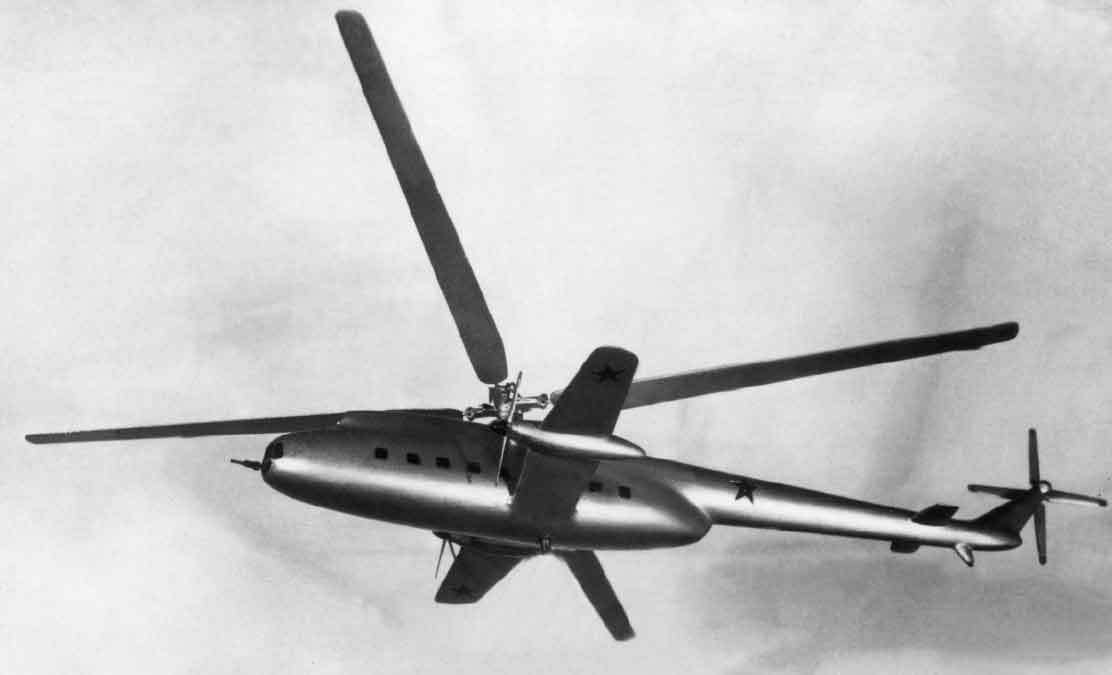
A display model of the Mi-6s precursor the VM-6 project (the later version with two TV-2VM turboshafts). Note the parabolic nose with a machine-gun, the four-blade main rotor and the low-set wings with additional turboprop engines for forward propulsion.
Soon, however, the Soviet military posed a new specific operational requirement (SOR), demanding a 50% increase in the helicopters payload. The OKB had to undertake a complete redesign; the second version of the VM-6 was considerably larger and powered by two TV-2VMs instead of one, the engines being located side by side ahead of the main gearbox. In addition, the SOR stipulated a maximum speed of 400 km/h (249 mph). This prompted the designers to consider the compound helicopter layout, which was in vogue at that time; the VM-6 was to feature detachable low-set cantilever wings of considerable span mounting two turboprop engines with tractor propellers at mid-span. The wings would off-load the main rotor in flight, allowing the helicopter to cruise at speeds comparable to those of fixed-wing transport aircraft.
The preliminary design project was ready by the end of 1953. On 11th June 1954 the Soviet Council of Ministers (= government) issued a directive officially sanctioning development of the giant helicopter, which was now known as the V-6, the V again standing for vertolyot. The machine was regarded as a new means of airlifting army units and almost all types of artillery pieces fielded at the army division level and was intended for carrying a 6,000-kg payload at the normal all-up weight, 8,000 kg (17,640 lb) in high gross weight configuration and 11,500 kg (25,360 lb) in a contingency over short distances.
Acknowledgements
The book is illustrated with photos by Sergey Boordin, Yefim Gordon, Dmitriy Petrochenko, Sergey Popsuyevich, Andrey Zinchuk, Aidan Curley, Peter Davison, Martin Novak, ITAR-TASS, the Novosti Press Agency (APN), as well as from the archive of the Mil Moscow Helicopter Plant, Rostvertol JSC, Russian Helicopters, the M. M. Gromov Flight Research Institute (LII), the personal archive of Yefim Gordon and from the following web sources: www.helikits.net, www.super-hobby.ru, www.modelist.zp.ua, www.scale-rotors.com, www.arcair.com, www.rumodelism.com, www.oldmodelkits.com, www.scalemates.com, www.familie-wimmer.com, www.modelsua.com, www.veb-plasticart.com, www.aviaforum.ru, www.litnik.in.ua, www.modellversium.de, www.hobby-modelist.ru. Line drawings by Andrey Yurgenson. Colour drawings by Viktor Milyachenko.
The Mi-6 is Born
B y the end of 1954 the Mil OKB had completed the advanced development project (ADP) for the V-6; N. G. Roosanovich was the project chief. Unlike the competing OKB-938 headed by Nikolay I. Kamov, which concurrently developed the Ka-22 compound helicopter of approximately the same class with two turboshaft engines installed at the tips of shoulder-mounted strut-braced wings to drive side-by-side rotors and tractor propellers, the Mil OKB rejected the compound rotorcraft layout as economically inefficient, retaining only small wings. The latter were now shoulder-mounted and had variable incidence (with two settings for normal flight and autorotation mode), creating enough lift to absorb up to 25% of the all-up weight in cruise flight.
The cavernous cargo cabin measuring 12 x 2.65 x 2.5 m (39 ft 4 in x 8 ft 8 in x 8 ft 2 in) was similar in size to those of the Antonov An-8 Camp and An-12 Cub military transports. The stressed floor with tie-down cleats permitted transportation of heavy vehicles and cargoes. For example, the V-6 could carry two 57-mm ASU-57 self-propelled guns or a BTR-152 armoured personnel carrier, various guns and howitzers with their tractors, or engineer troops materiel. Detachable troop seats could be installed along the walls and on the centreline; in casualty evacuation (CASEVAC) configuration the helicopter could accommodate 41 stretcher cases and two medical attendants. (Jumping ahead of the story, in an emergency the helicopter has been known to carry as many as 150 persons.) A detachable external sling system ensured the carriage of slung loads weighing up to 8,000 kg (17,640 lb).
Next page
